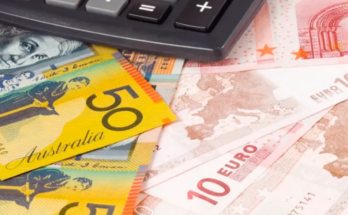The recent investigation into allegations of foreign exchange rigging has seen bankers rush to install automated trading systems as clients look for safer ways to trade.
A research by Greenwich Associates reported that electronic trading volumes surged 3 percent to 74 percent of the total forex trading. While much of the shift has been attributed to increasing usage of electronic trading, bankers told Financial Times that the allegations that traders conspired to fix an important currency benchmark prompted clients to review the old way of doing things.
The financial institutions have also accelerated their shift to the electronic trading systems, and plan to increase the maximum electronic order size.
**relatedarticle**
This move comes at a time when authorities in Europe, U.S. and Australia are looking into claims that voice spot dealers, who set prices and buy and sell currencies through the phone, have colluded with rivals to exchange data on client orders. This has seen at least 31 employees being suspended or fired in 11 banks.
This move has also called for increased regulation of the $5.4 trillion-a-day market, the largest such in the world. The Financial Stability Board, which is composed of various international regulators, is currently drafting proposals on how to change financial benchmarks. WM/Reuters is also analyzing probable adjustments to its key 4p.m. currency fix.
Over the years, the necessity of voice traders has been rationalized by demand by clients to talk to actual human beings who are in the best position to give the clients the picture of how the market is progressing.
 “There is nothing better than listening to a human voice and getting a picture of the anxiety of the market,†said an unnamed hedge fund manager.
To contact the reporter of this story; Yashu Gola at yashu@forexminute.com



